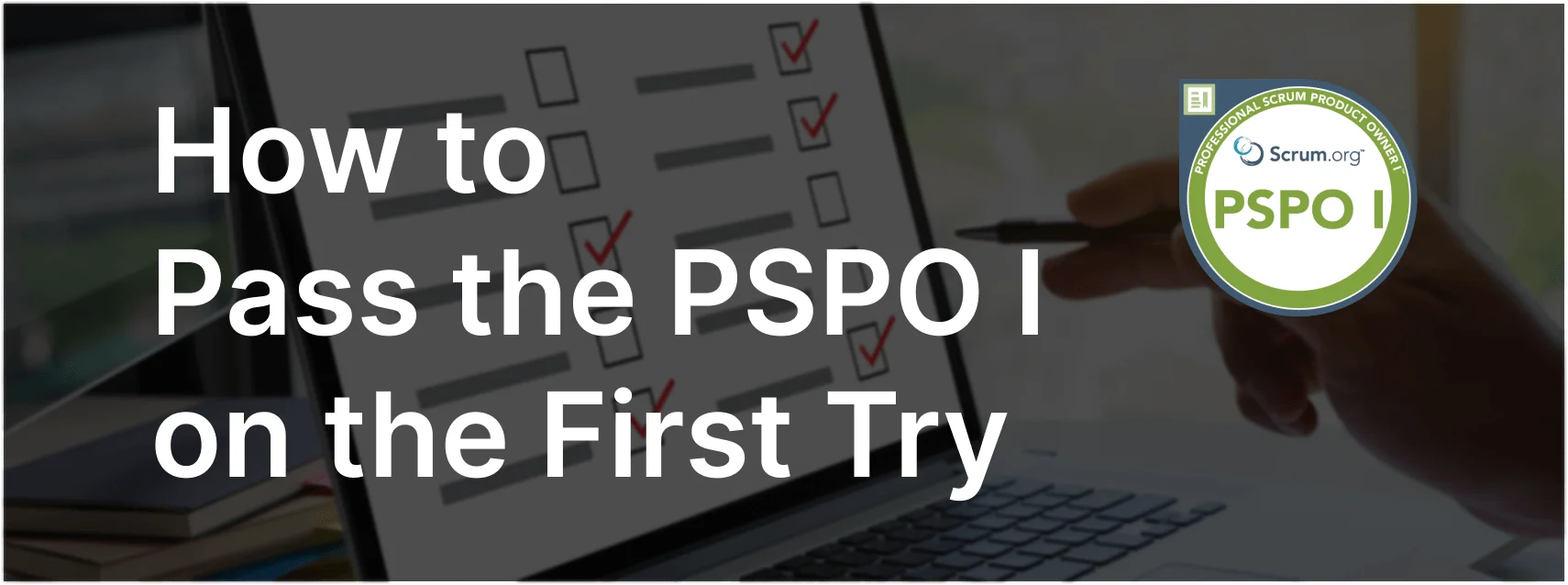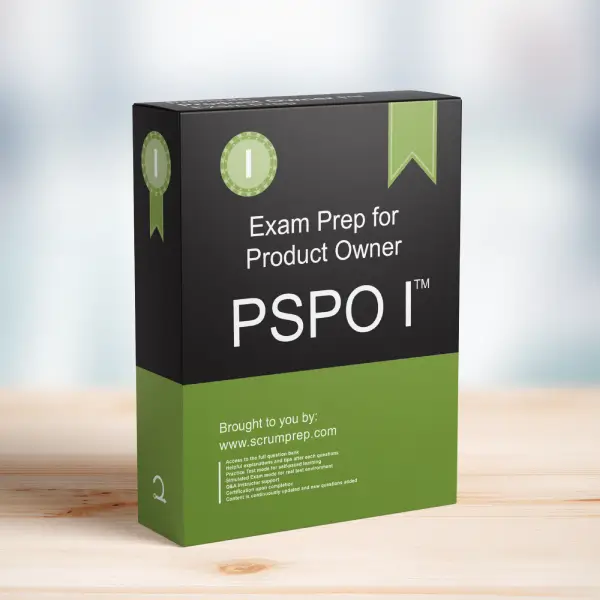The Impact of Technical Debt on Product Value
Understanding how technical debt affects the value a Product Owner can derive from a product is essential for effective product management.
Exam Question
To what extent does technical debt limit the value a Product Owner can get from a product?
(select the best two answers)
- A. Technical debt is not a Product Owner concern, because technical debt is only an issue for the Developers.
- B. Technical debt does not influence the delivery of value.
- C. The velocity at which new functionality can be created is reduced when you have technical debt.
- D. Technical debt causes a greater percentage of the product’s budget to be spent on maintenance of the product.
Correct Answers
C. The velocity at which new functionality can be created is reduced when you have technical debt.
D. Technical debt causes a greater percentage of the product’s budget to be spent on maintenance of the product.
Explanation
Technical debt significantly impacts the value a Product Owner can obtain from a product. It affects both the speed of development and the allocation of resources, which can hinder the delivery of new features and overall product improvements.
Why C and D are Correct
- C. Reduced Velocity: Technical debt slows down the development process. As the codebase becomes more cumbersome to work with, Developers spend more time addressing issues related to technical debt rather than creating new functionality. This reduced velocity means fewer features are delivered within the same time frame, limiting the product’s ability to evolve and meet customer needs.
- D. Increased Maintenance Costs: Technical debt requires ongoing maintenance and fixes, which diverts budget and resources from new development. As more of the product’s budget is spent on maintaining existing features and addressing technical issues, there is less available for innovation and adding value through new features.
Incorrect Options
- A. Technical debt is not a Product Owner concern: This is incorrect because technical debt affects the overall product development process, including the speed and cost of delivering new features. Product Owners need to be aware of technical debt to manage the product’s value effectively.
- B. Technical debt does not influence the delivery of value: This is incorrect because technical debt directly impacts the team’s ability to deliver new features efficiently and can increase the cost of future development and maintenance.
Responsibilities in Scrum
- Product Owner: The Product Owner must understand the implications of technical debt on the product’s value. They need to work with the Developers to balance the delivery of new features with the management of technical debt to ensure sustainable product development.
- Scrum Master: The Scrum Master facilitates discussions about technical debt and helps the team understand its impact on productivity and value delivery. They ensure that technical debt is considered during Sprint Planning and Retrospectives.
- Developers: Developers are responsible for identifying and addressing technical debt. They should communicate its impact on the product’s development to the Product Owner and suggest ways to manage it effectively.
Relevance to the PSPO I Exam
Understanding the impact of technical debt on product value is crucial for the PSPO I exam. This knowledge helps Product Owners make informed decisions about backlog prioritization and resource allocation to maximize product value.
Key Takeaways
- Technical debt reduces the velocity of new feature development.
- Technical debt increases maintenance costs, diverting resources from new development.
- Product Owners need to be aware of technical debt to manage product value effectively.
- Collaboration between Product Owners, Scrum Masters, and Developers is essential to address technical debt.
Conclusion
Technical debt is a critical factor that affects the value a Product Owner can derive from a product. By understanding and managing technical debt, Product Owners can ensure that the product continues to deliver value efficiently. For comprehensive preparation and practice exams, check out PSPO I Exam Prep to enhance your understanding and application of Scrum principles.



